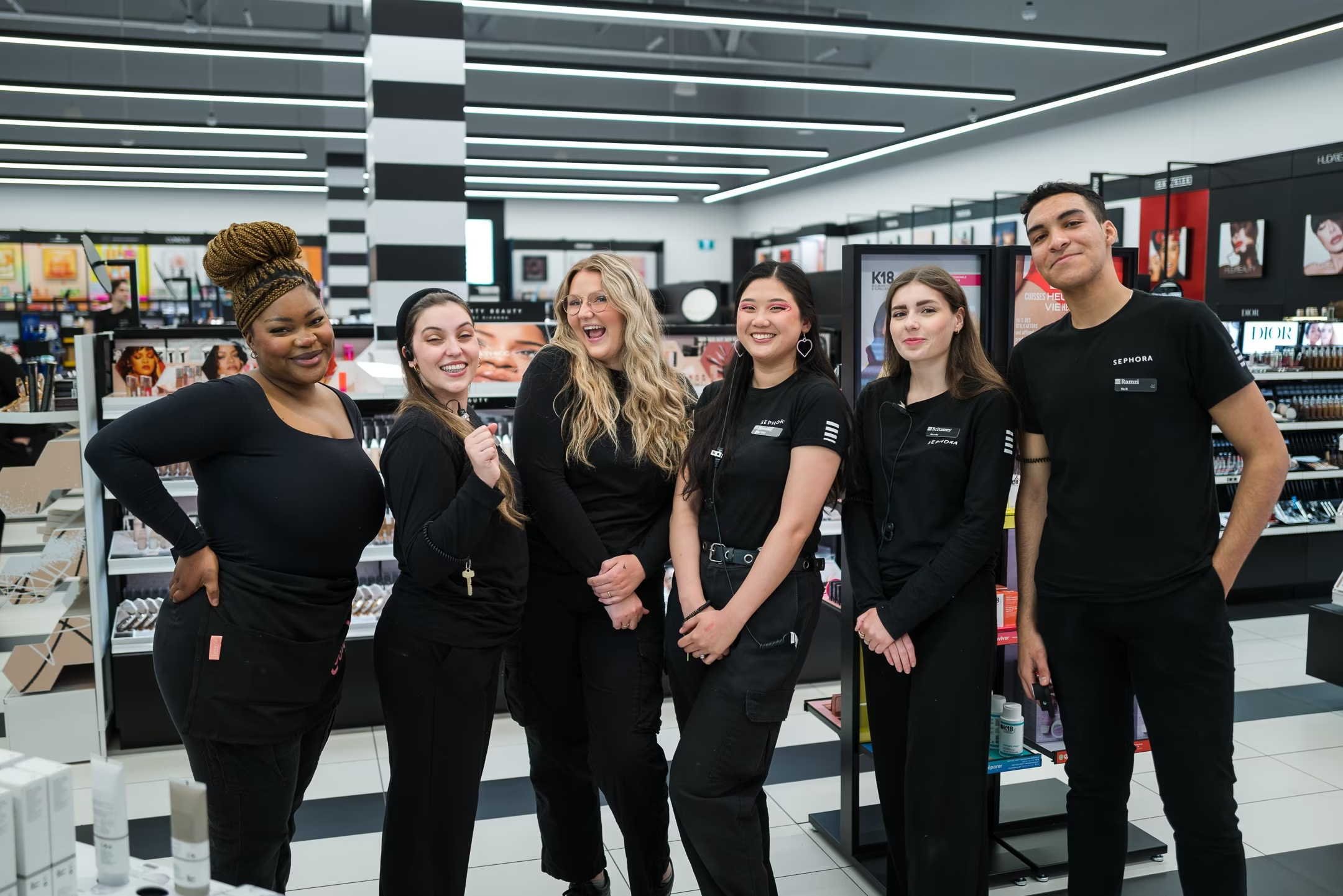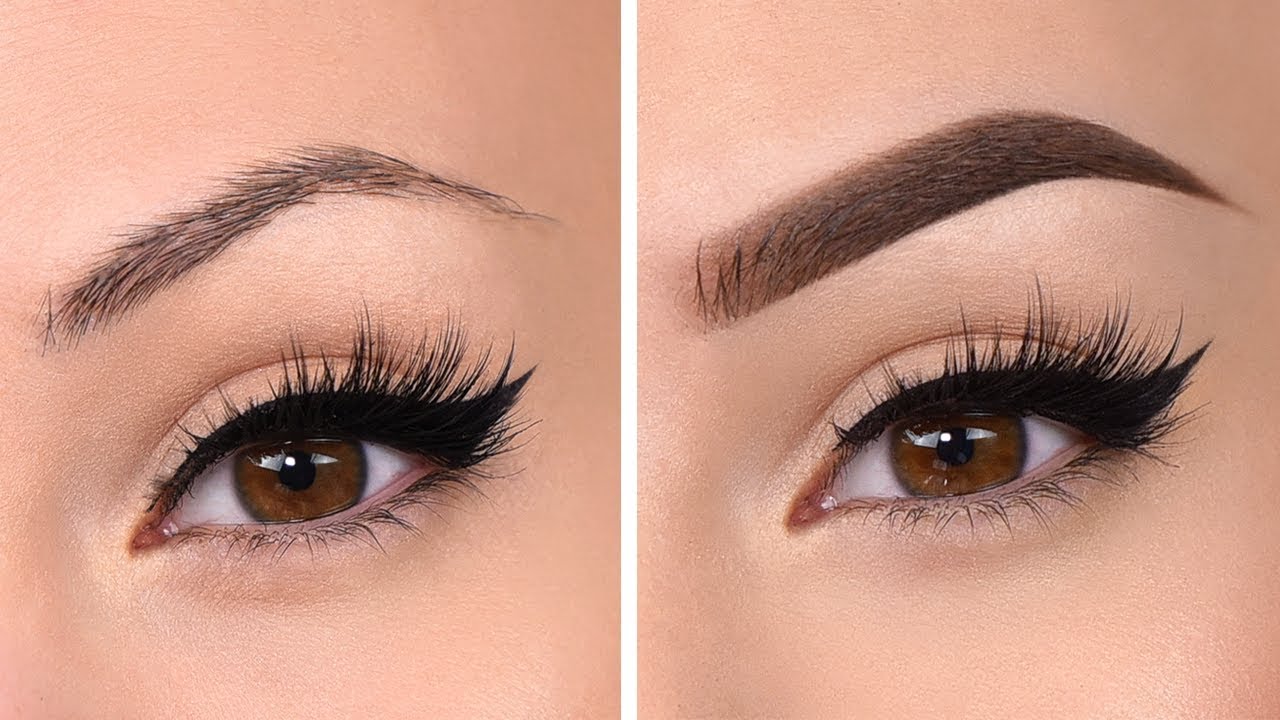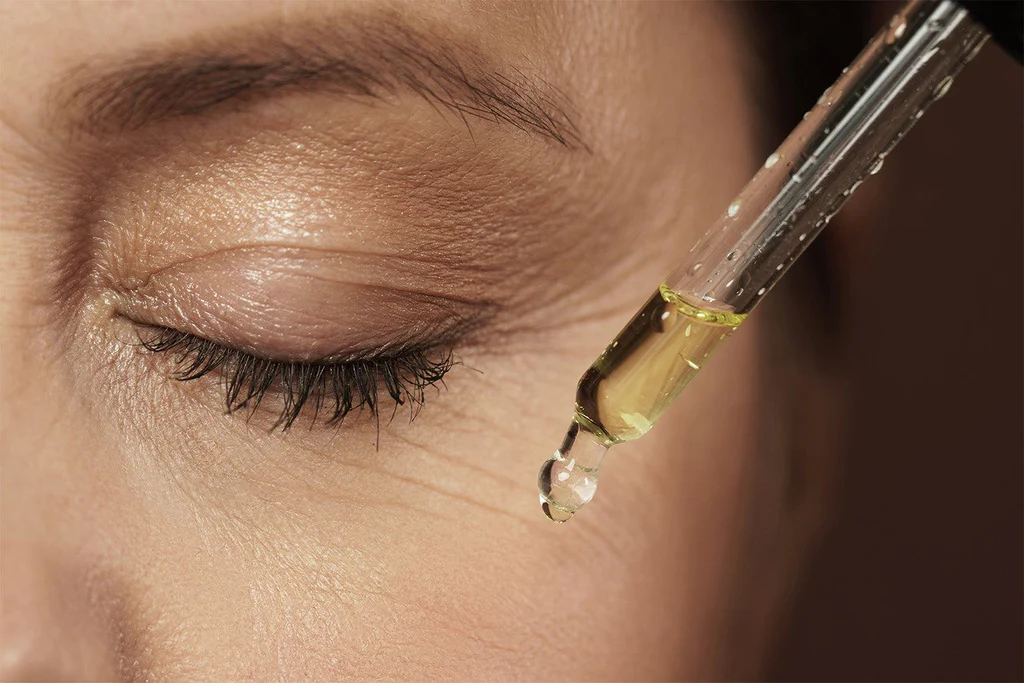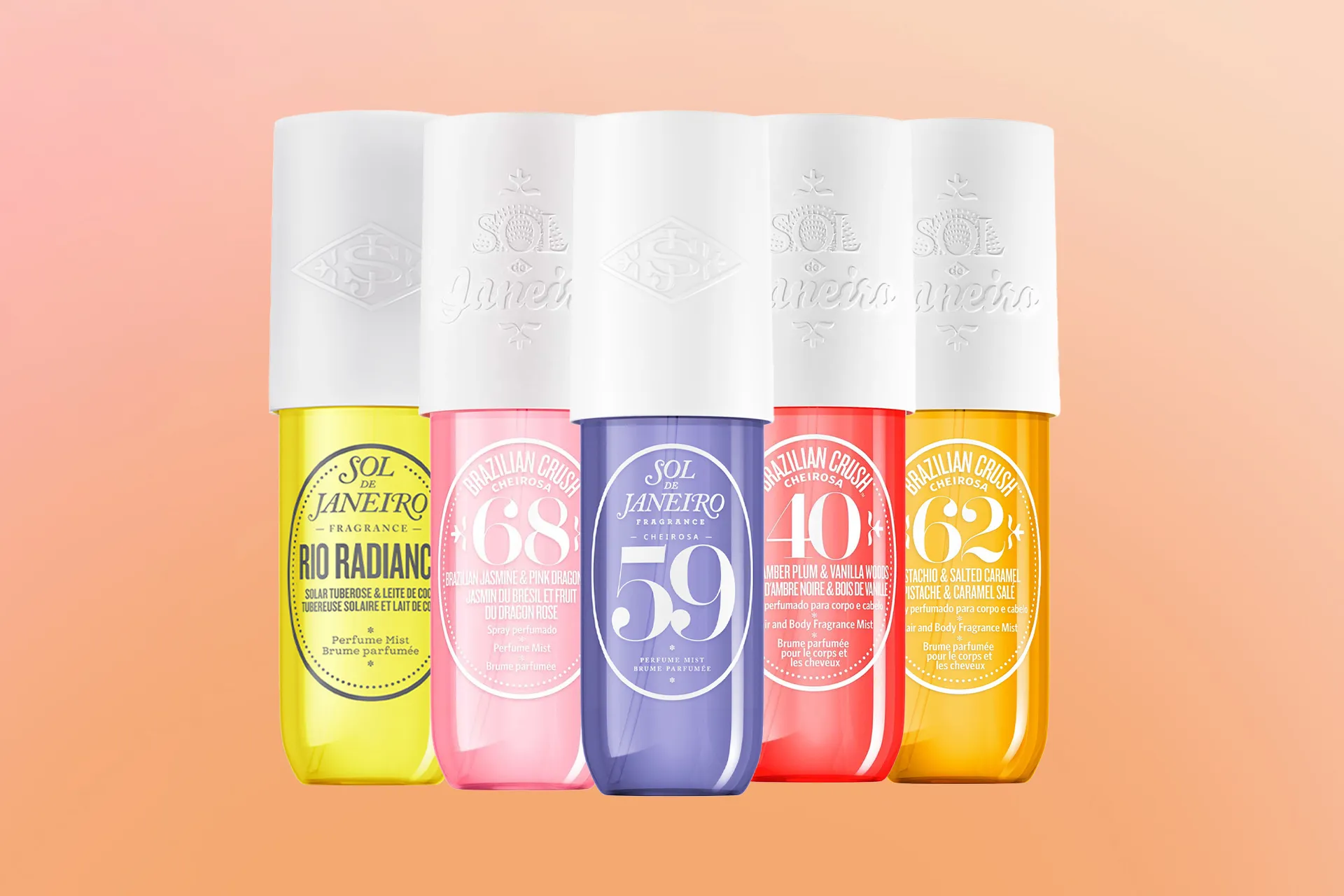
 By
Your Beauty Plug
By
Your Beauty Plug
Phthalates are a group of chemicals that are widely used in various consumer products, such as plastics, personal care products, household cleaners, and toys. They are added to these products to make them more flexible, durable, and fragrant. However, phthalates have also been linked to various health and environmental issues, such as hormone disruption, reproductive problems, developmental defects, and pollution. As a result, many people are looking for phthalate-free products that are safer and more sustainable. In this blog post, we will explain what phthalate-free products are, why they are beneficial, and what alternatives are available.
Phthalate-free products are products that do not contain any phthalate chemicals. Phthalates are a class of compounds that are used as plasticizers, which are substances that increase the flexibility and durability of plastics. Phthalates are also used as solvents, which are substances that dissolve other substances, and as fragrance ingredients, which are substances that add scent to products.
Phthalates are commonly found in products such as:
Phthalates are not chemically bound to the products they are added to, which means they can leach out over time and enter the environment and the human body. Phthalates can be absorbed through the skin, inhaled through the air, or ingested through food and water. Phthalates can also be transferred from pregnant women to their fetuses through the placenta, or from mothers to their infants through breast milk.
Phthalate-free products are beneficial for both personal health and the environment. Here are some of the reasons why:
Phthalates have been associated with various health risks, especially for the endocrine system, which is the system that regulates hormones in the body. Hormones are chemical messengers that control various functions, such as growth, development, metabolism, reproduction, and mood. Phthalates can interfere with the normal production and function of hormones, and cause hormonal imbalances, which can lead to various health problems, such as:
By choosing phthalate-free products, you can reduce your exposure to these chemicals and protect your health and the health of your family.
Phthalates are not easily biodegradable, which means they can persist in the environment for a long time. Phthalates can contaminate the soil, water, and air, and affect the ecosystems and wildlife. Phthalates can also accumulate in the food chain, and pose a risk to human health through the consumption of contaminated food. Some of the environmental impacts of phthalates include:
By choosing phthalate-free products, you can contribute to a healthier environment and reduce the potential impact on the ecosystems and wildlife.
Fortunately, there are various alternatives to phthalates that are available in the market. These alternatives offer similar or better performance than phthalates, without the potential health and environmental concerns. Some of the alternatives to phthalates include:
Citrate-based plasticizers are derived from citric acid, which is a natural substance found in fruits and vegetables. Citrate-based plasticizers are biodegradable, non-toxic, and compatible with various types of plastics. They are commonly used in products such as medical devices, food packaging, toys, and personal care products. Some examples of citrate-based plasticizers are:
Trimellitates are another group of plasticizers that can replace phthalates in certain applications. Trimellitates provide good heat stability and flexibility, and are resistant to oil and water. They are mainly used in products that require high temperature and low volatility, such as wire and cable insulation, automotive parts, and gaskets. Some examples of trimellitates are:
Bio-based plasticizers are derived from renewable sources, such as vegetable oils, starch, and sugar. Bio-based plasticizers are biodegradable, renewable, and environmentally friendly. They are suitable for various industries, such as packaging, construction, and agriculture. Some examples of bio-based plasticizers are:
Finding phthalate-free products can be challenging, as phthalates are not always listed on the product labels. However, there are some ways to identify phthalate-free products, such as:
Choosing phthalate-free products offers numerous benefits for personal health and the environment. By opting for alternatives and being mindful of product labels, you can make informed decisions and contribute to a phthalate-free lifestyle. Manufacturers are also actively exploring and developing safer alternatives to phthalates, promoting a shift towards more sustainable and health-conscious options.




